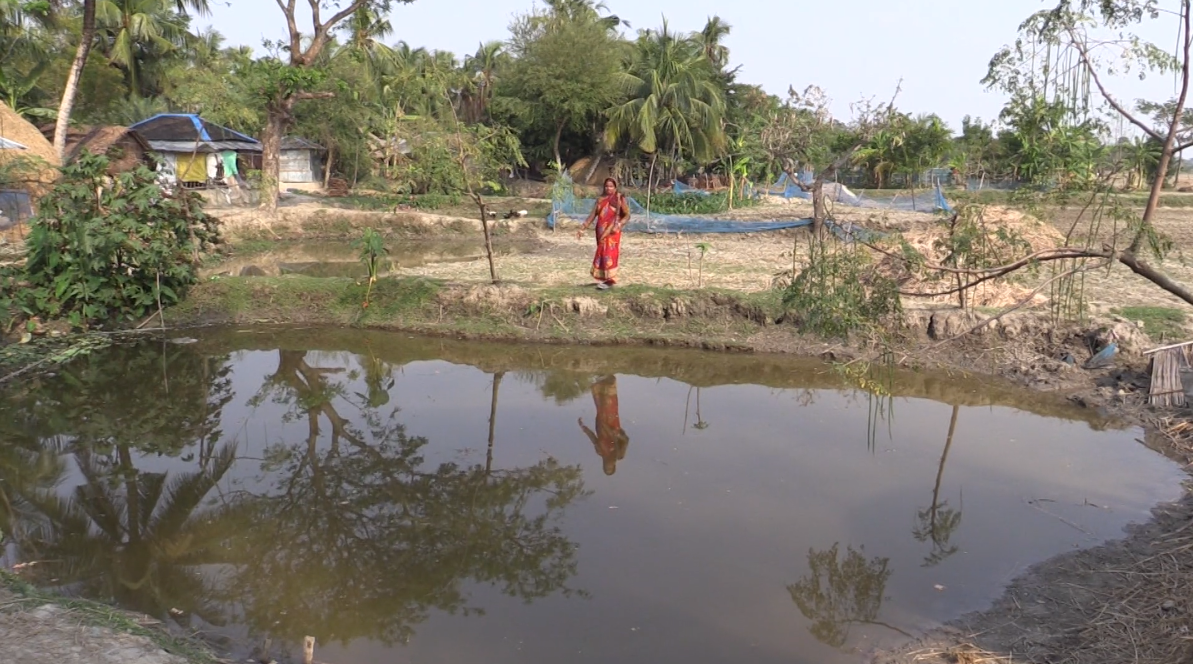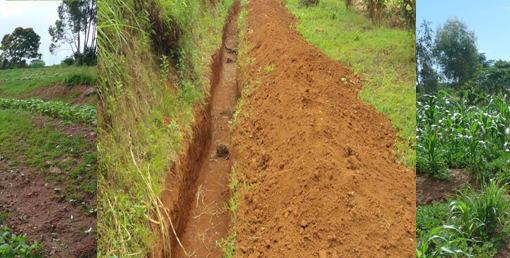Across the world, both floods and droughts are becoming more and more frequent, often within the same landscape. 3R—Recharge, Retain, Reuse of water—is an approach for creating ‘water buffers’ that help communities tide over droughts, and absorb excess water during floods.
Increasing the size of these water buffers needs work. This is where the 3 Rs come in. The buffer can be under the ground where soil moisture and groundwater can be ‘Recharged’; it can also be in the form of tanks, lakes, and ponds where water can be ‘Retained.’ ‘Reusing’ the water that is already in circulation effectively and productively helps prevent losses and maintain the buffer.
3R Measures include creating and replenishing:
- groundwater storage (recharge wells, sand dams, subsurface dams)
- open reservoirs (small dams, ponds)
- closed reservoirs (rock catchments, rooftop water harvesting systems)
- soil moisture storage (using bunds, terraces, mulching)
These measures can be applied at different levels – from the farm level up to watershed and landscape levels. For best results, a variety of measures should be applied at different levels over the entire landscape.
In this webinar, 3R will be discussed with emphasis on 3 particular applications of the approach:
- 3R in Rainfed Systems (Francesco Sambalino, MetaMeta)
- Managed Aquifer Recharge (Lukas Rolf, Acacia Water)
- 3R and Value Chains (Lysanne Vergroesen, Aid Environment)


